The value of the computer.

I have always been fascinated with numbers
and became quite intoxicated by their power
as I developed my mathematical skills. This
would prove a most worthy interest as numbers
dominated my working career, each and every day.
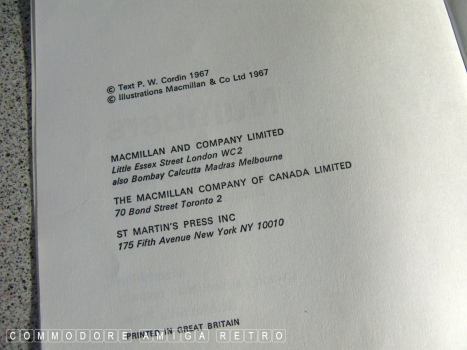
This small magical book was given to me my
first year of entering senior school.
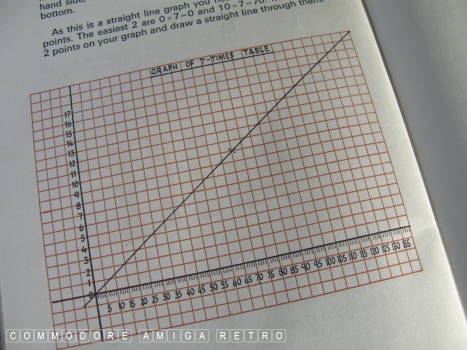
Graph paper, and the introduction to the grid.
The power of interpretation of mathematical
laws in a visual form. The line represents
more than just the seven times table. Because
by using the grid to create further lines you
hold the key to all other multiplication tables.
The remembering of tables no longer became an
issue as all I needed was a piece of graph paper.
That may take a little to understand but it
is at the very heart of computer thinking.

I spent a good period of my early training using
logarithmic tables. By the time I left school
I was well versed in the use of logs. And for
many years to come it would be the only way of
carrying out long mathematical calculations
and trigonometrical equation solving.
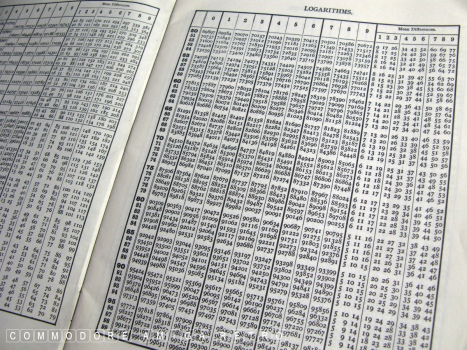
Truly well thumbed and well worn out pages of
numbers that could make your brain spin.

Enter the slide rule and although a faster
calculating tool, its inaccuracy made it only
suitable as a checking tool. I would carry out
my calculations with logs and check the results
very quickly with the slide rule.
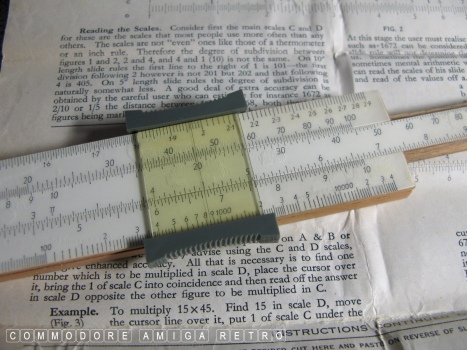
There are differing scales to suit accuracy and
functions. The middle rail slides with its
edge at the first function number and then
slide the cursor over the second number and
read off the result.
Slide rules came in a vast array of types
and sizes and dominated design offices for the
better part of the last century. The slide
rule has been with us since 1620.
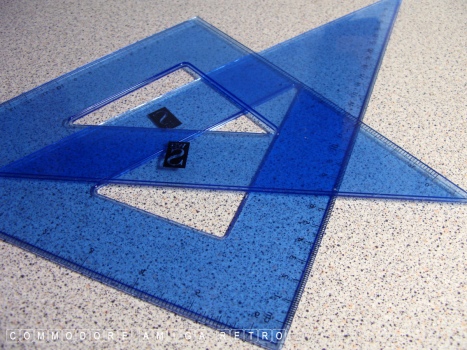
Angles are a significant aspect of drawing
systems and the most common set squares are
the 30/60 degree and 45 degree. They had
quite limited use though when drawing the
isometric / axonometric diagrams most beneficial.
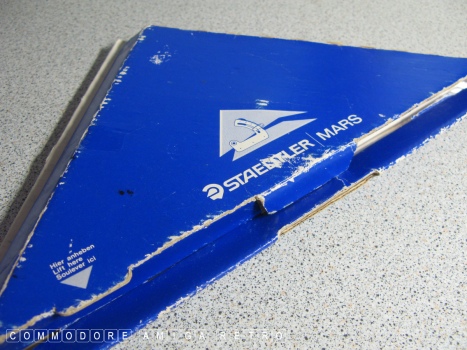
The king of the set squares was the adjustable.
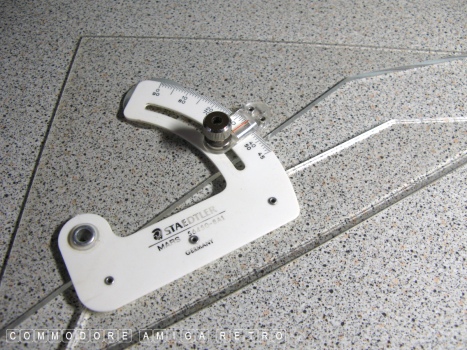
The adjustable allowed you to draw any angle
and although small in nature was capable of
projecting lines through interpolation.

Circles would be drawn as either fixed size
or of a more adjustable dimension.

The compass and bar compass gave more than the
ability to create arcs and circles, but also
create intersecting dimensions for nodes on
surveys. Much like the string pullers of Egypt
which is where the word surveyor comes from.

Scale rules whether metric or imperial. The
six inch versions were very popular as you
could slide one into your top pocket and
pull out to interrogate drawings at meetings.
Suppliers loved these things cus they handed
them out with their company emblazoned across it.
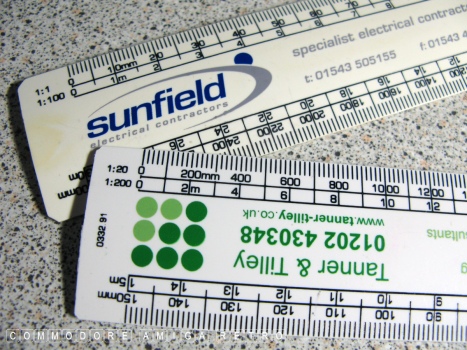
All drawing work prior to computers was conducted
by eye. It relied on the skill of the person
drawing to establish the dimensions of all things.
Additionally drawings were set out and drawn to
a given fixed scale. This could not be altered
without redrawing the subject to a different scale.

Line thicknesses were achieved by use of pens of
given sizes. The thickness of pen line is a way
of explaining the aspect of the drawing content
particularly when executing sections. And to carry
out drawing work meant interchanging pens.
These things cost a fortune and trust me you do
not want to drop one on the floor.

Stencils were used to create fonts and text on
the drawing. Whilst most notes were hand written
the formal titling and main note headings were
generally executed by use of a stencil.
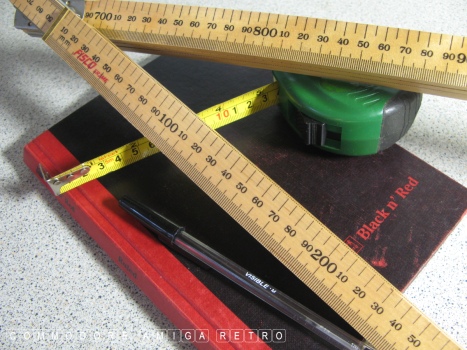
Site surveys involved a stick, tape and a day
book. The processes involved were long and arduous.
It often involved working in confined spaces, unlit
and often damp and unsafe. All these things made
accuracy a little more testing.

This is my dictionary that has been with me since
1967. Of all the books I own this has been used
the most. Probably the most significant gift
that I have ever received.

Not simply used for words but for all those very
important conversion factors.

OK enter my first calculator in around 1976.

And this was my last calculator.

The Filofax... essential diary and contacts.

May 1996 and my note regarding the purchase
of the Win 95 Colossus machine.
The card is a bookmark showing the Lunar
Roving Vehicle or LRV that was to be
used on Apollo 16,17,18 and 19. We never
got any further than Apollo 17.

My day book entry from 1993 when I had planned
to buy a PC. I instead purchased an Amiga 1200.
The cost of the PC was 2299 quid. The A1200
cost me just 550, but I needed a monitor.
And to the point of this blog
First though let's do some logs

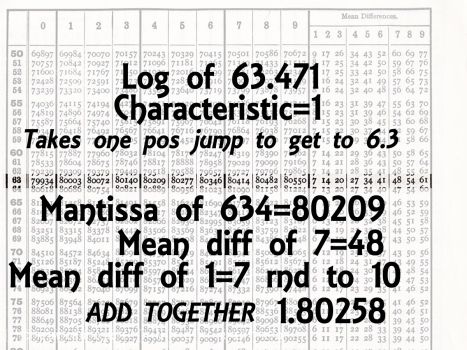



The calculator was way quicker and more accurate.

The calculator was way more accurate than
the slide rule.. by a mile.
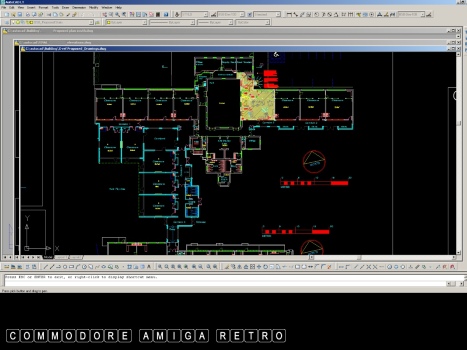
In conclusion
Once the computer entered the working office
nearly all the processes discussed here became
redundant. It wasn't that they were phased out
over time, they died instantly. The accuracy and
speed of the computer made most older processes
quite uneconomic to carry out. Projects benefited
from accurate digital surveys undertaking by
trained surveyors with modern equipment. All
drawings were transmitted to all members of the
design team and so we only ever worked on one
model. Those electronic details were shipped
to suppliers and companies who literally used
the information to program their manufacturing
processes. Things changed that dramatically.
No more long calculations, no more hand drawing
of scaled content. The computer handled all angles,
font sizes, text, spell checking, line thicknesses
scale and could vary any one at the drop of a hat.
The computer handled office paperwork and its diaries
and circulated the information so everyone knew the
movements and activities of staff. This made the
organisation of time way more efficient.
In a matter of years offices were transformed and
staff re-educated to use computers. And nobody other
than the die hard brigade wanted to ever go back.
Back to what ?

Back to the drawing board
Was never going to happen and so that was the
value of the computer. Their arrival meant that
we could literally dispense with all the archaic
processes of the past, and enjoy the comfort of
knowing we were more efficient and more accurate.
And that is a simple truth.


![]()


![]()